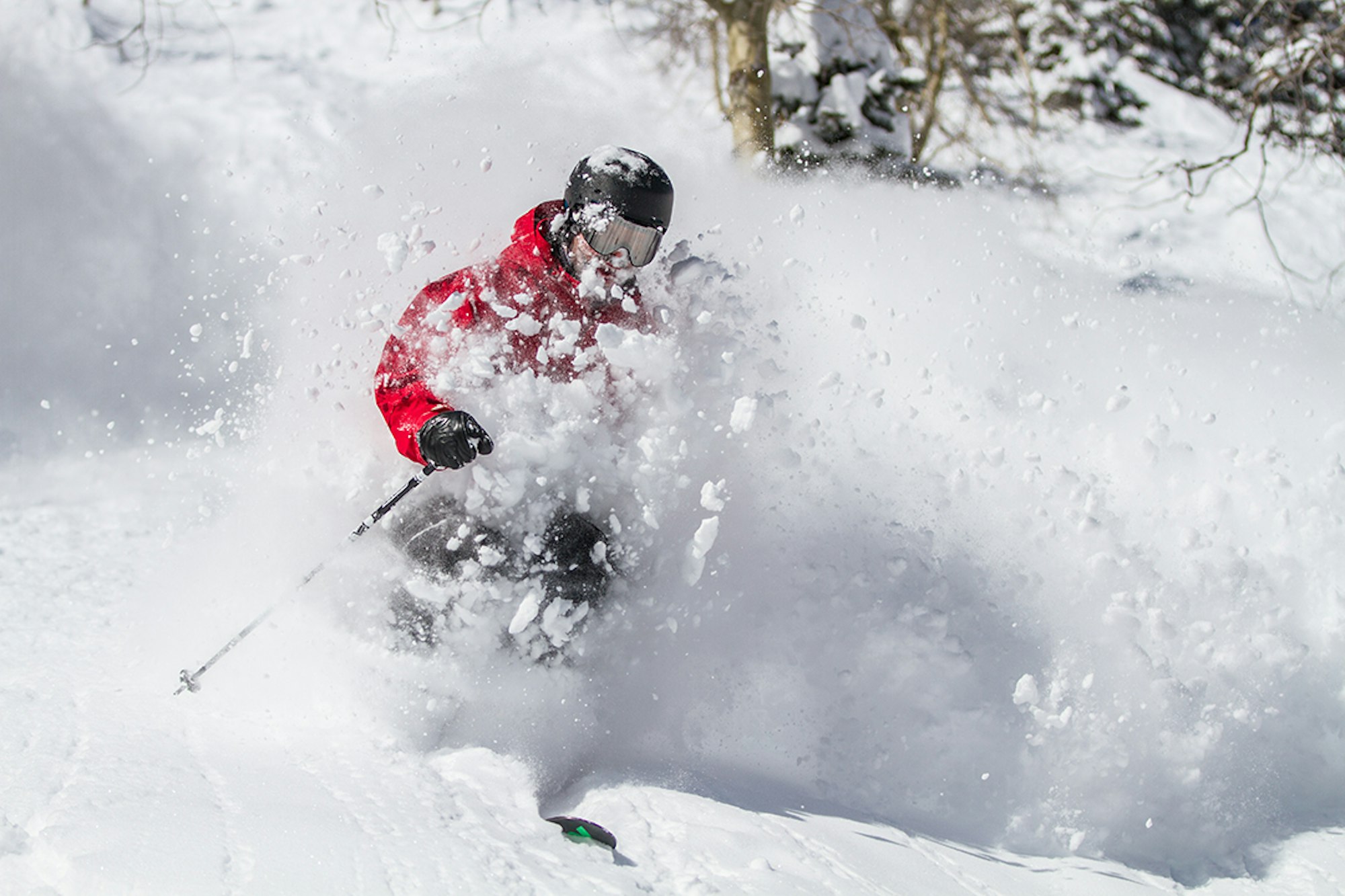Barring a sudden zombie apocalypse, nothing can ruin a solid day on the hill like foot pain. Think about it this way: 100-percent of the time you spend skiing, you also spend strapped into your boots. Ensuring your boot fits properly and adheres to your performance standards is vital. The keys to unlocking your dream boot lie in comprehending the wide variety of elements that go into its build plus the finer details of customization. Below, we’ve compiled everything you need to know in order to turn your certified iron maiden of a ski boot into a high performance, comfort machine. You and your local boot fitter can thank us later.
Shell Types:
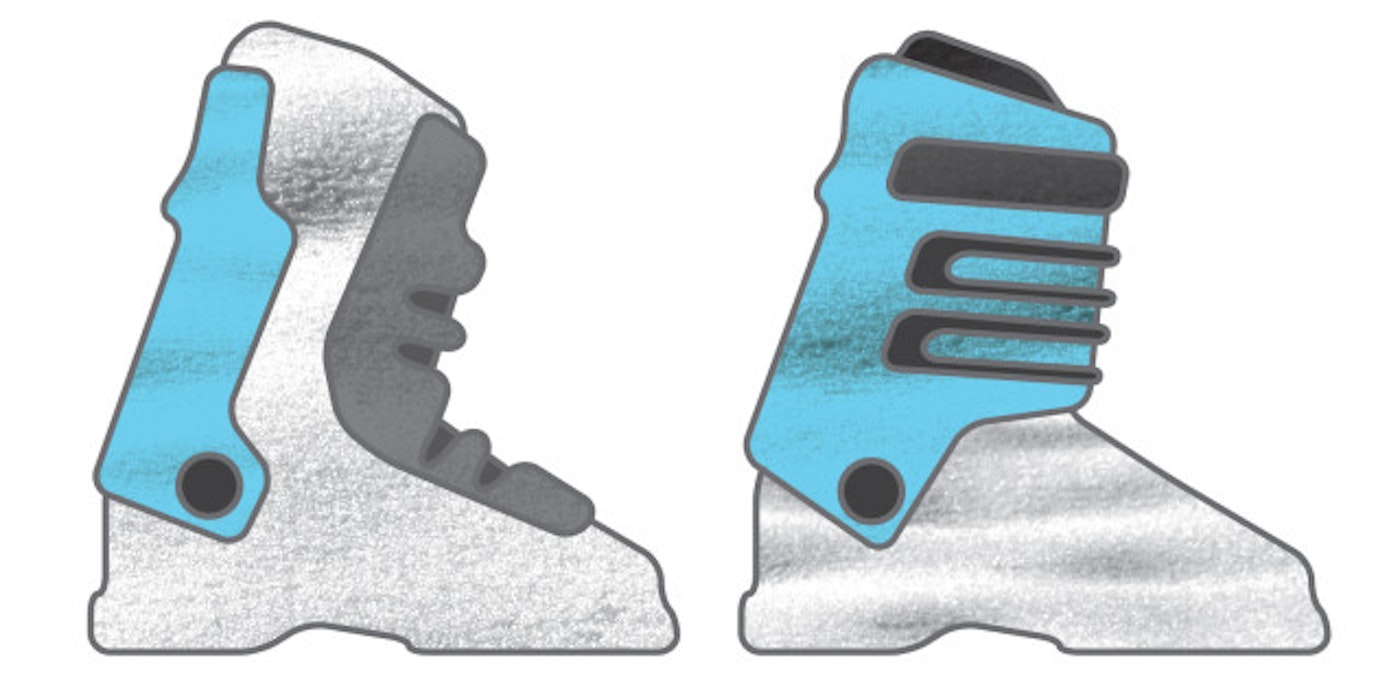
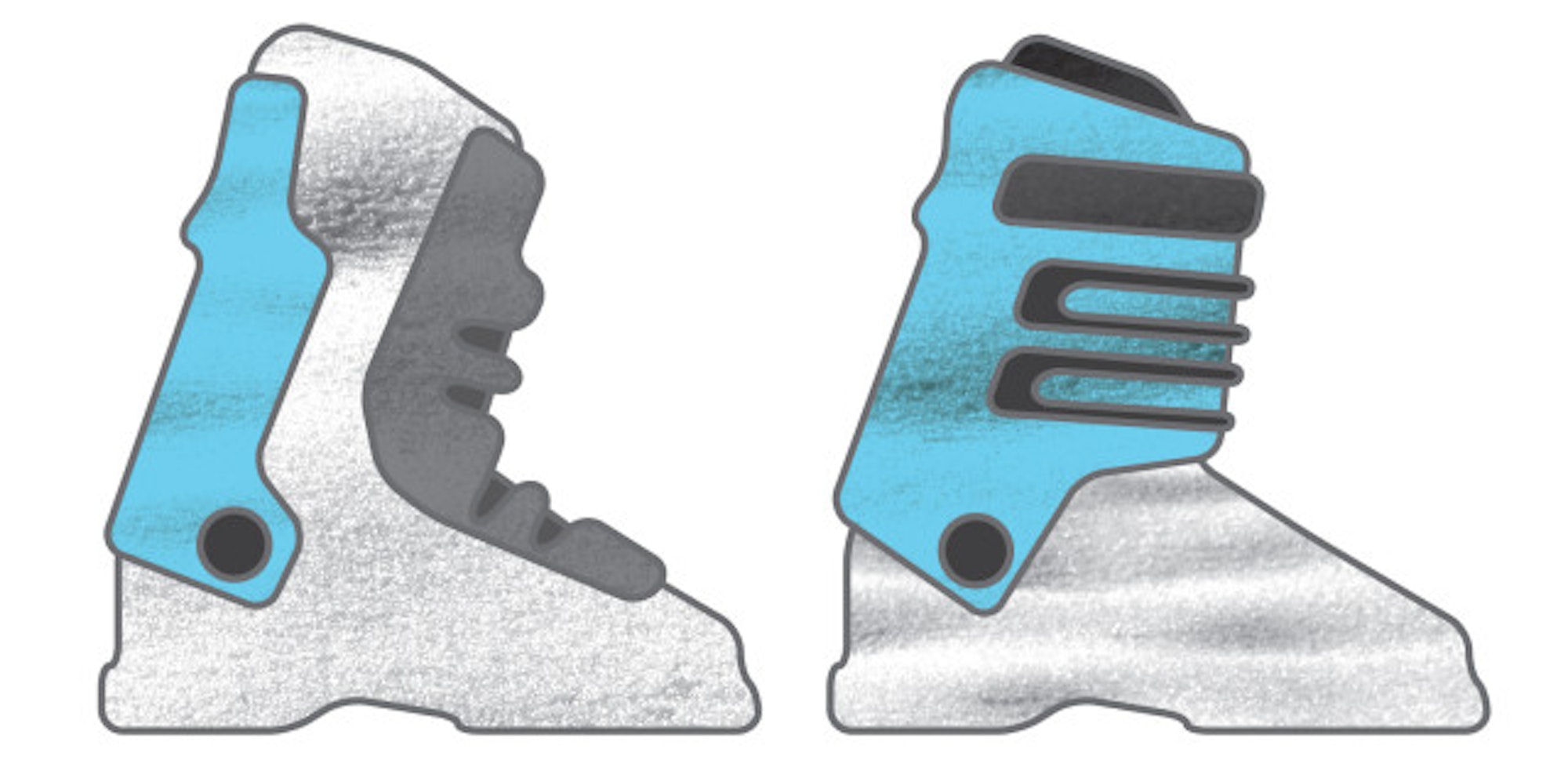
The two major shell types to consider when buying your boot are the two-piece and three-piece shell. The two- piece (right) is built with an upper and lower cylinder that wrap around your foot and lower leg. Skiers with larger volume, aka Sasquatch, feet often utilize the two-piece shell. The two parts of the shell overlap above the instep, minimizing the potential irritation of a pressure point.
The three-piece shell (left) has a base piece, a spine and a ribbed tongue—like the bendy portion of a straw— which provides a progressive flex. This means that the more you flex the boot, the stiffer it gets. The ribbed tongue can be easily swapped out to adjust stiffness. In a three-piece shell, the tongue rests right over the instep, catering to those with a lower volume foot. Skiers with a larger foot size may encounter a pinch point due to the instep coming into contact with the fastened tongue. If you have any questions about the anatomy of your foot, check in with your friendly neighborhood boot fitter.
Hike / Walk Mode:
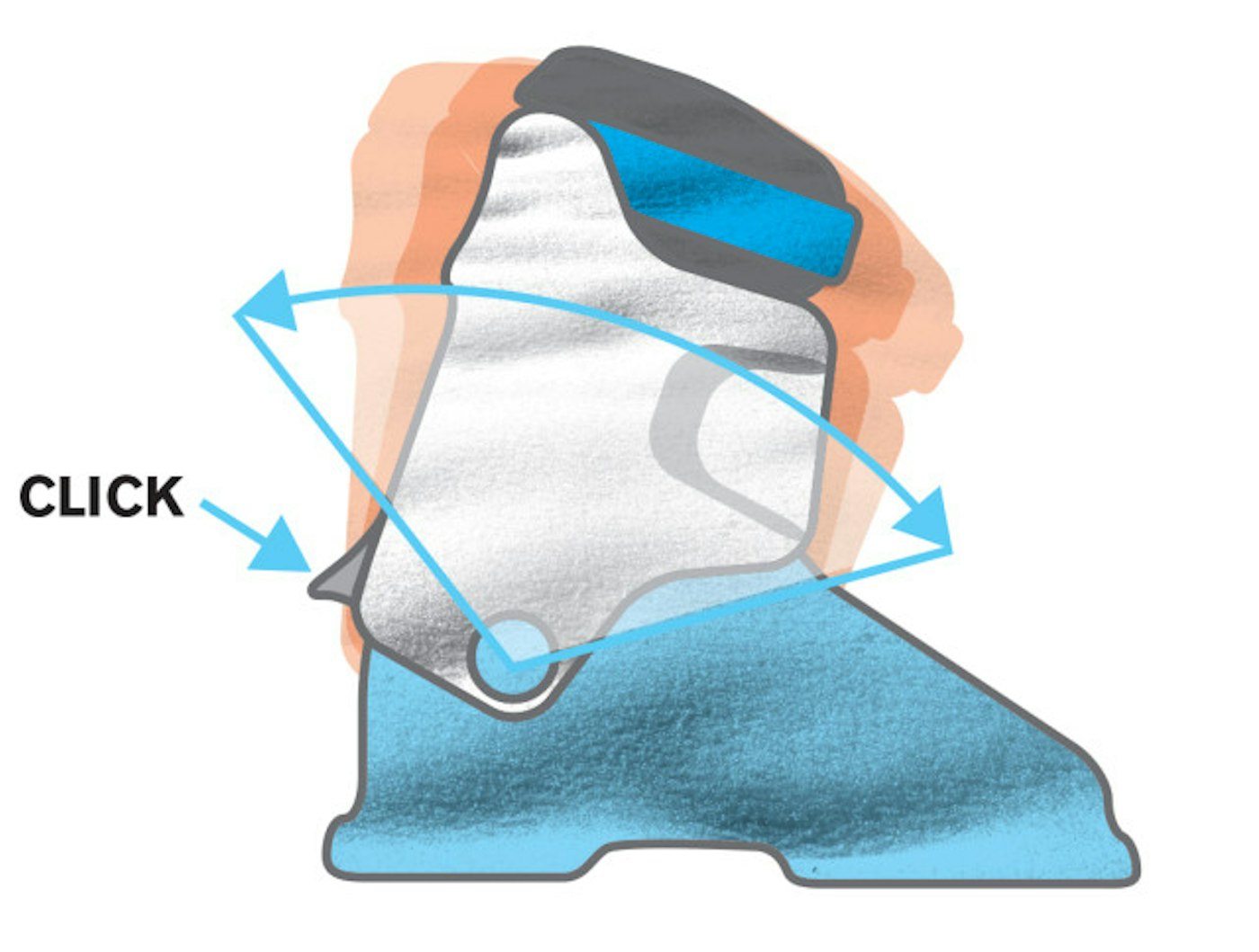
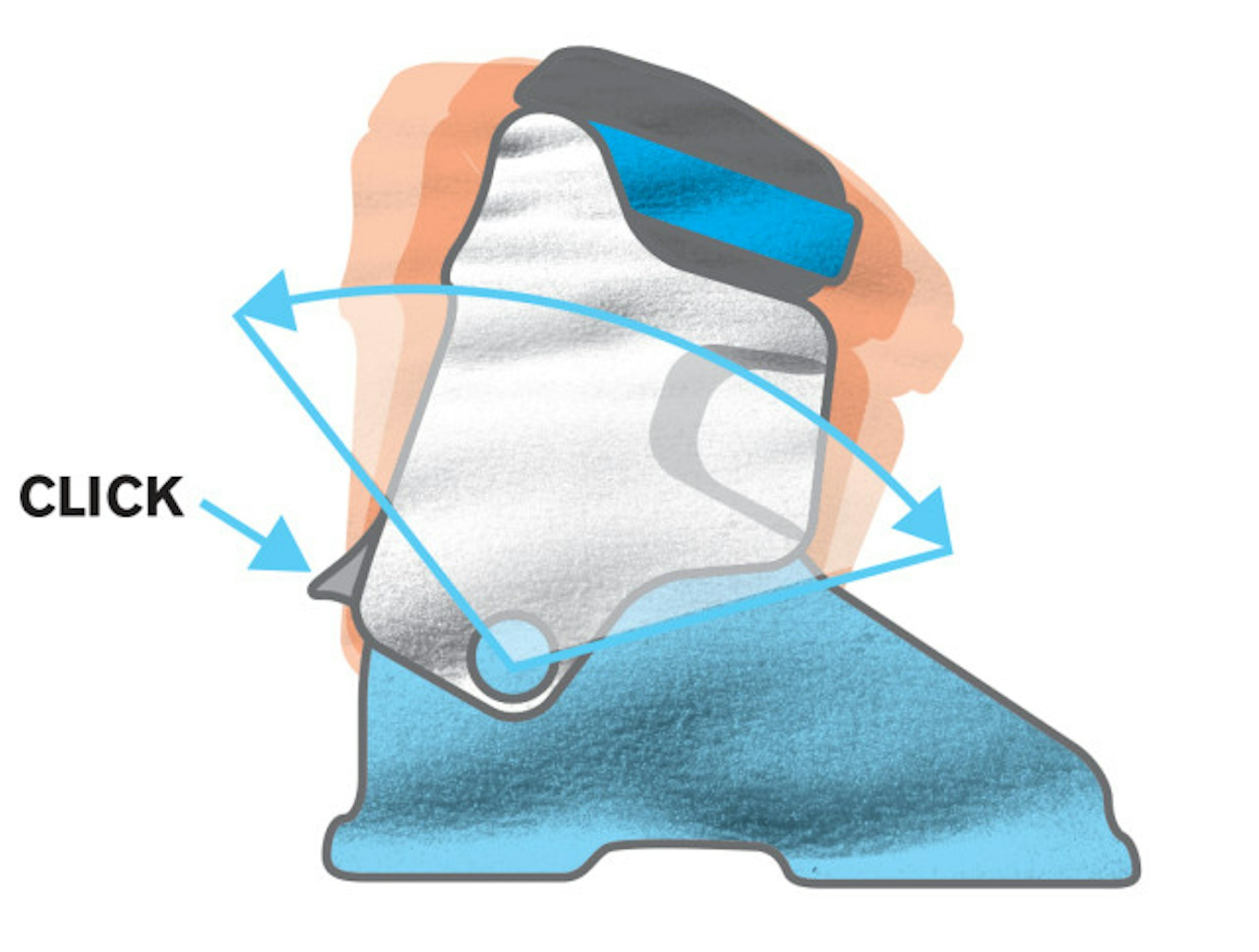
Many boots these days come with a hike mode mechanism that releases the upper and lower cuff. This provides a greater range of fore and aft motion for comfortable bootpacking, touring or sauntering up to that smoke-show at the bar. The mechanism can then be locked down when it’s time to rip that line a new one.
Instep Height:
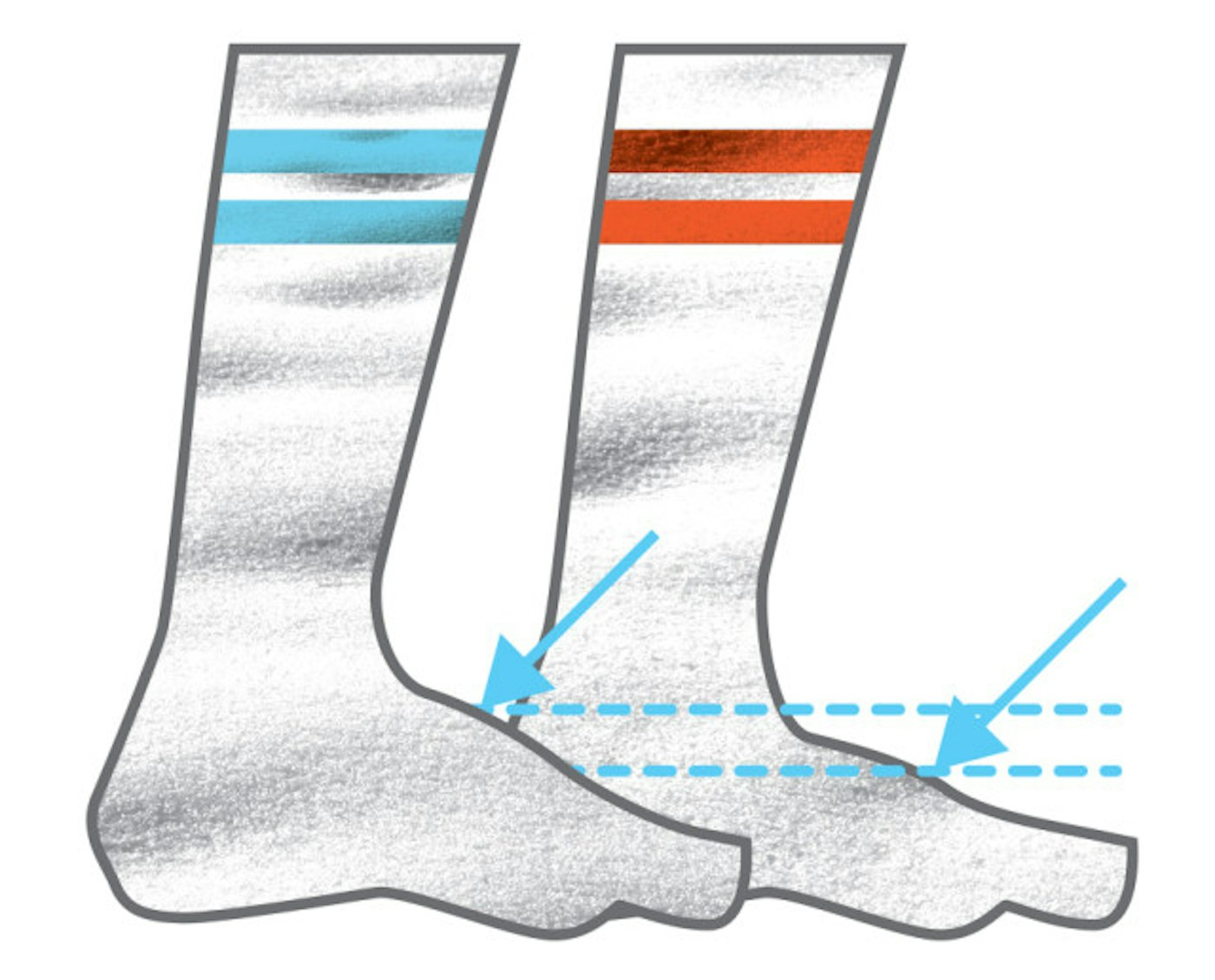
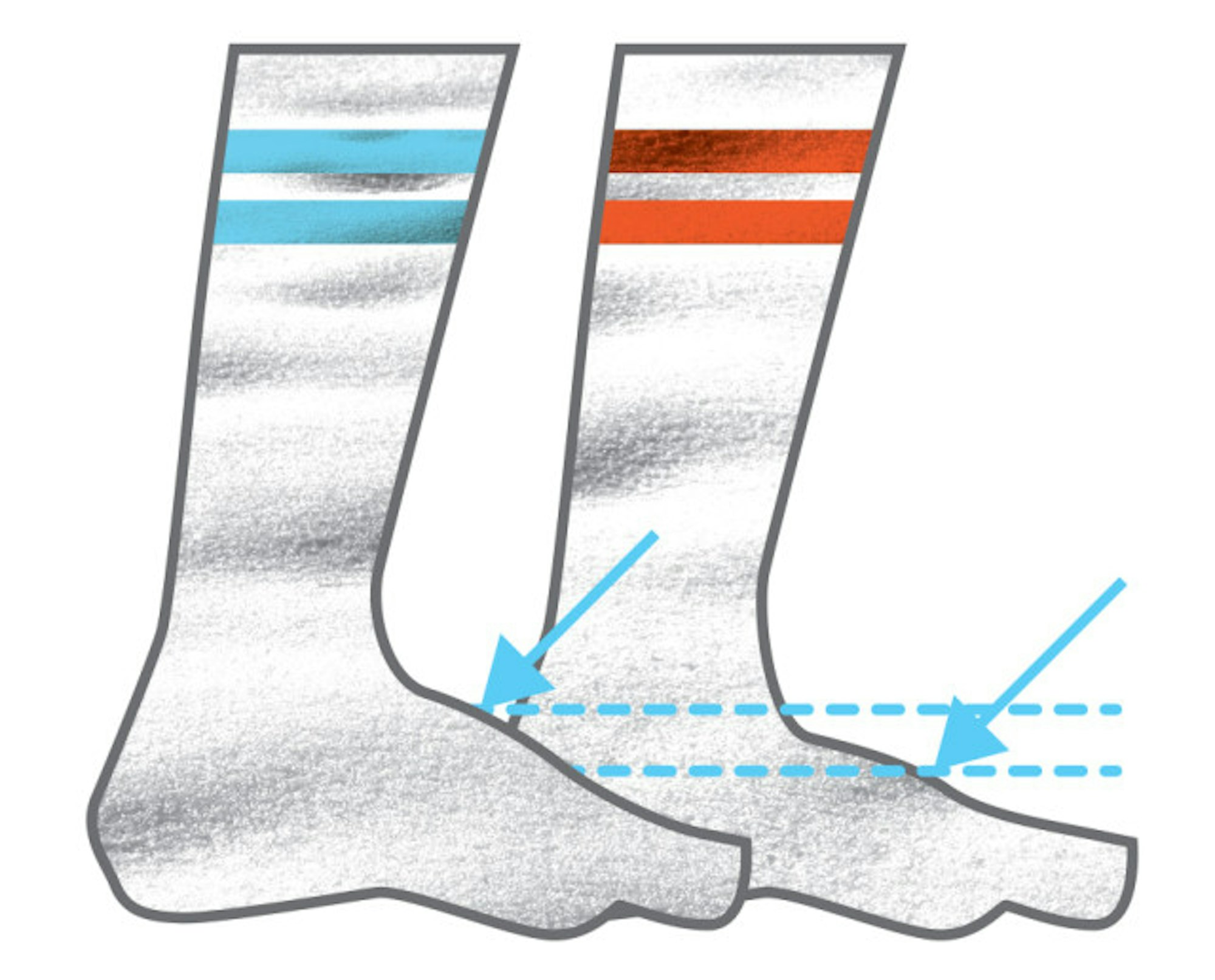
Your instep is classified as being either “high” or “low” and is located on the center of the top of your foot, immediately in front of the shinbone. Those with high insteps often have trouble finding a great fit because the raised volume of their foot can create an unpleasant pressure point. Two-piece shells, which overlap above the instep region, help alleviate this pain. Those with low insteps often seek three-piece shells. The tongue cinches down right on the instep, and a flatter foot generally won’t rub up against the tongue.
Shell Sizing:
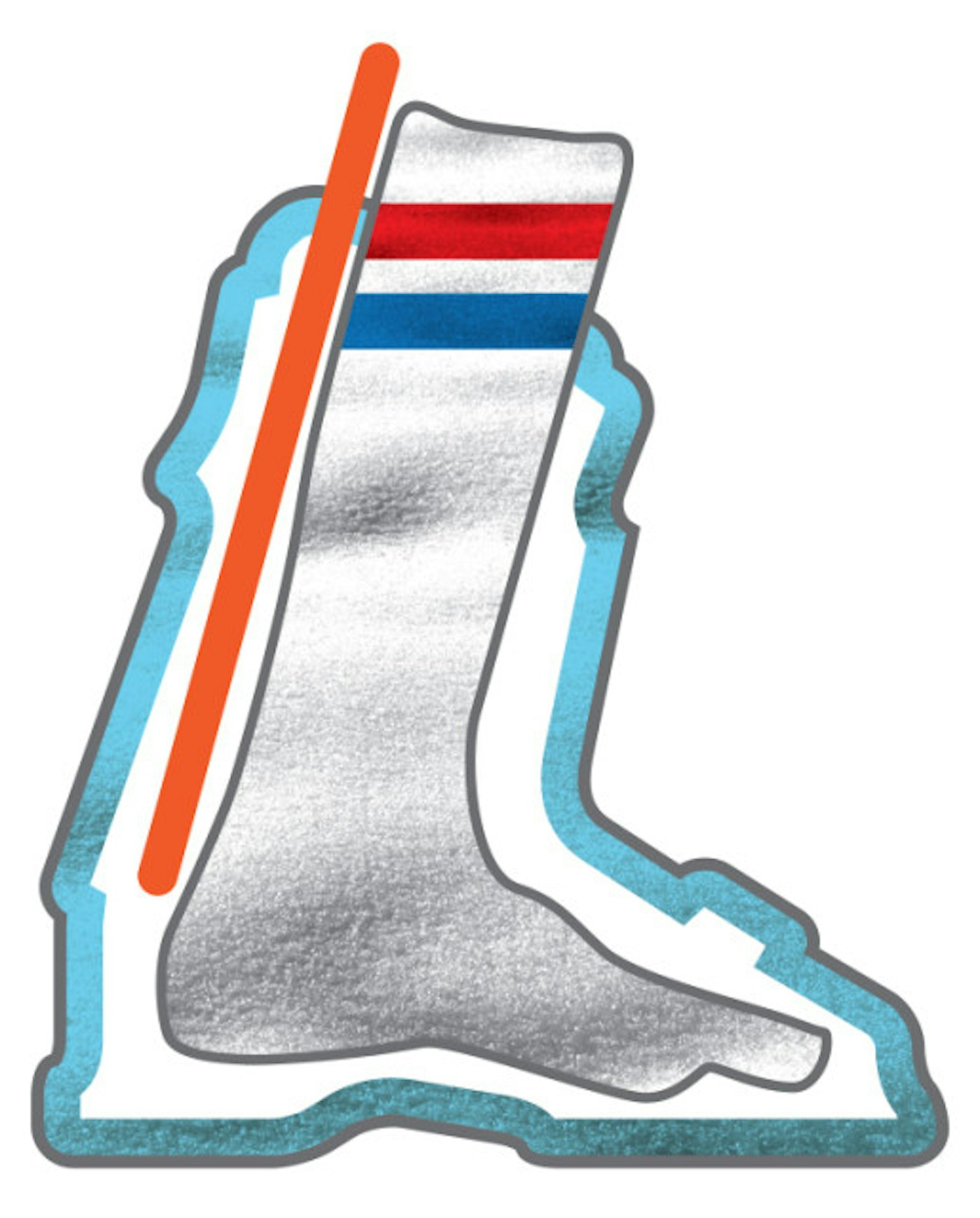
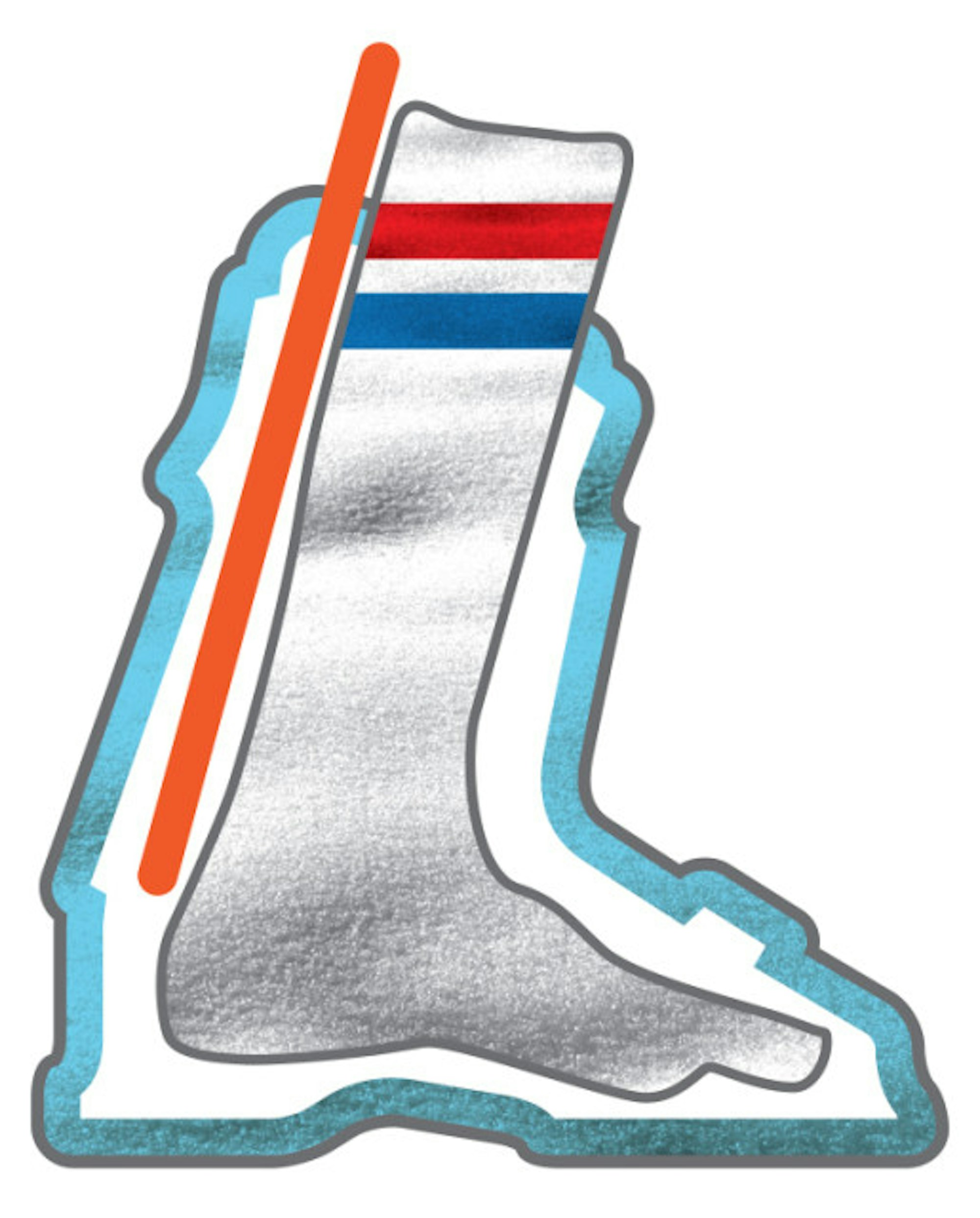
Before explaining the nuances of shell sizing, we cannot overstate how important it is to seek the help of a boot fitter when choosing your boot. To find the proper shell size, the liner must be taken out of the boot, and you must slip your foot in there to gauge its fit. A boot fitter will use a wooden dowel or similar instrument to check the gap between your heel and the back of the boot. Fit is then classified, in order of tightness, as “comfort,” “performance” or “race” fit. Finding the right size boot will allow you to move on to the rest of the boot fitting essentials.
Footbeds:
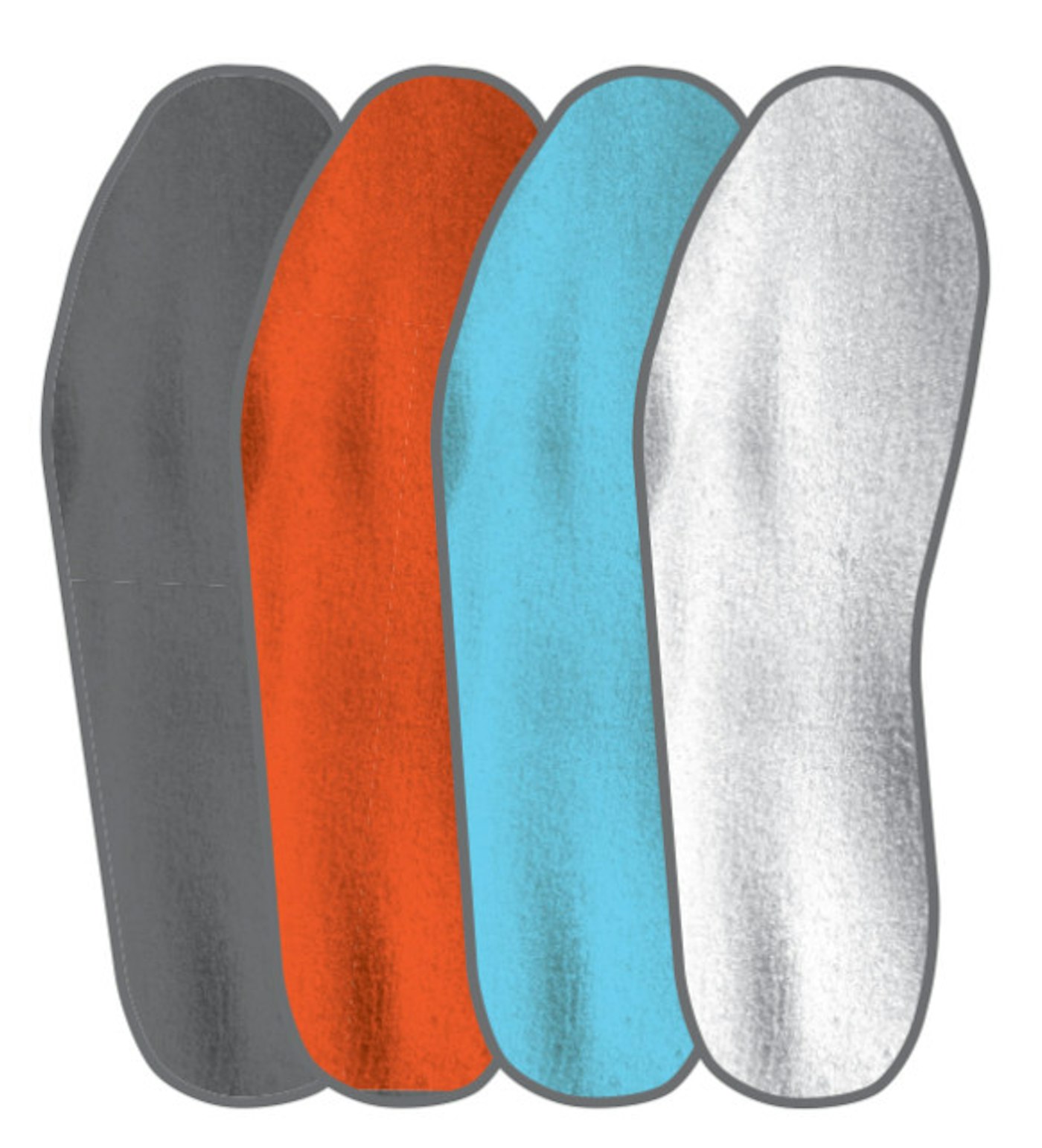
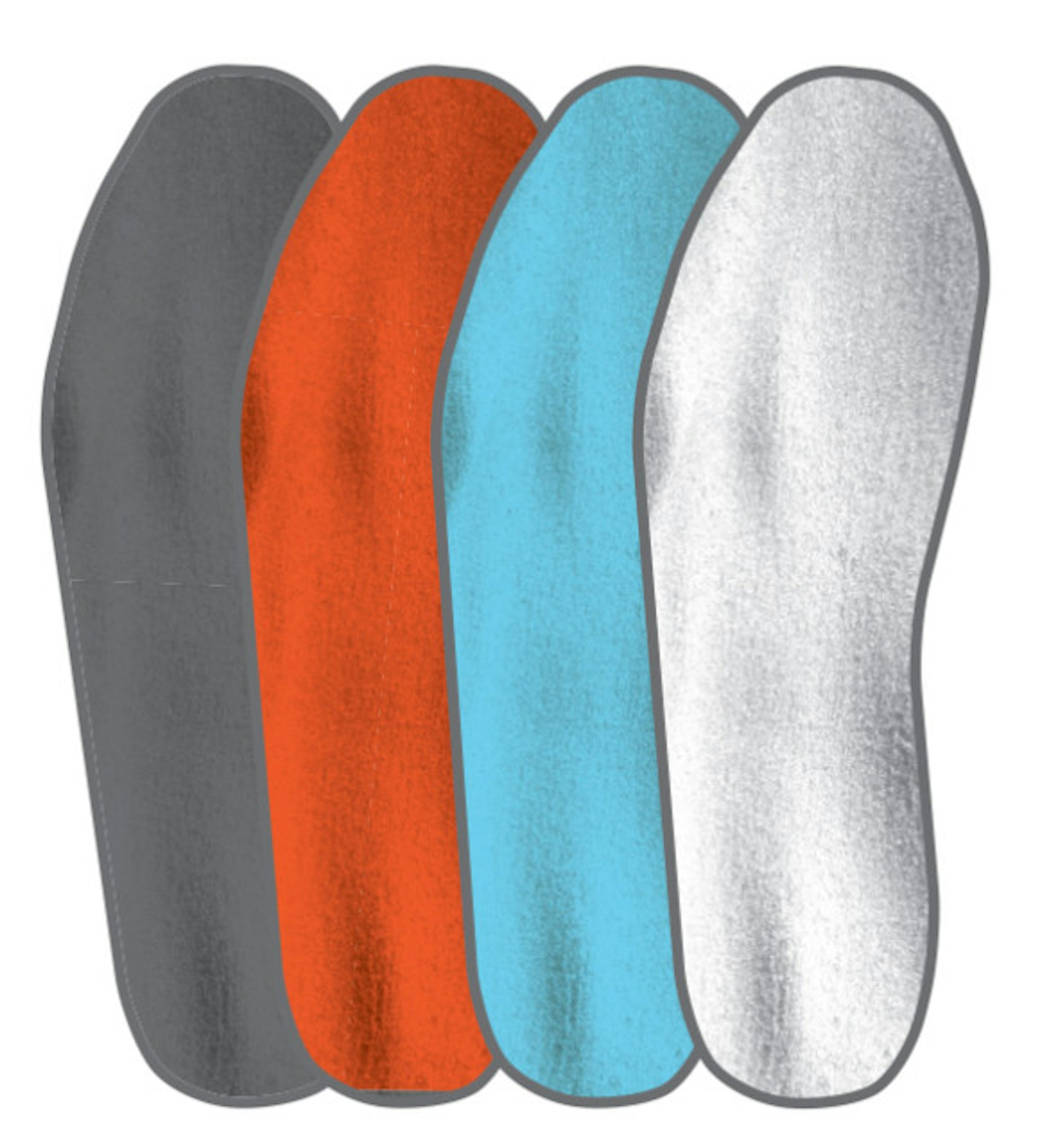
Footbeds are the foundation of support underneath your foot, i.e., they’re extremely important. All boots come with stock footbeds. In recent years, many companies have begun including higher quality stock offerings. Aftermarket and custom footbeds can’t be matched, however. Your choices range from drop- ins to fully custom-fitting orthotics that are, dare we say, divine. When it comes to support for your arches, don’t be shy to spread your wallet. You’ll get what you pay for.
Flex Rating:
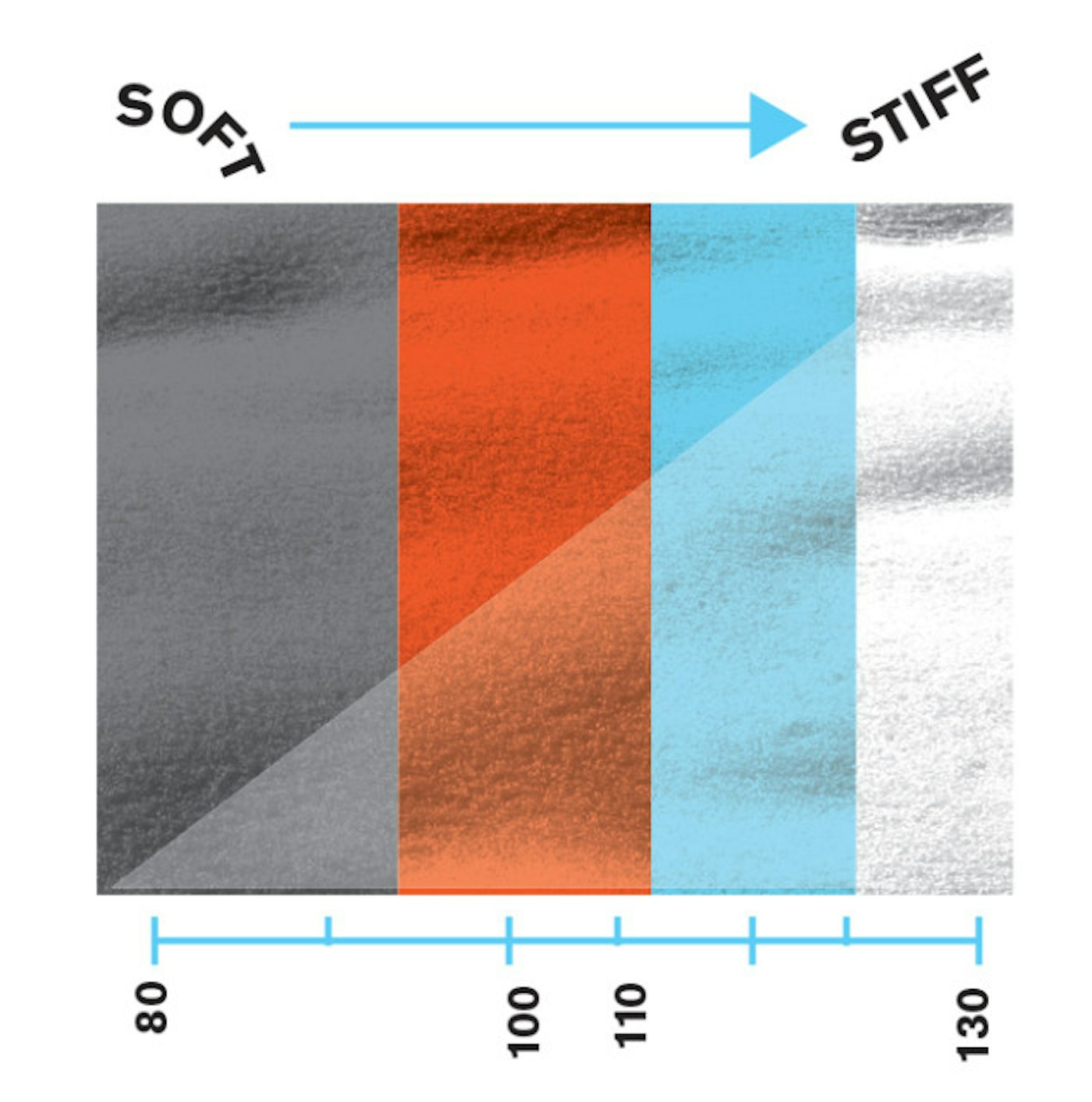
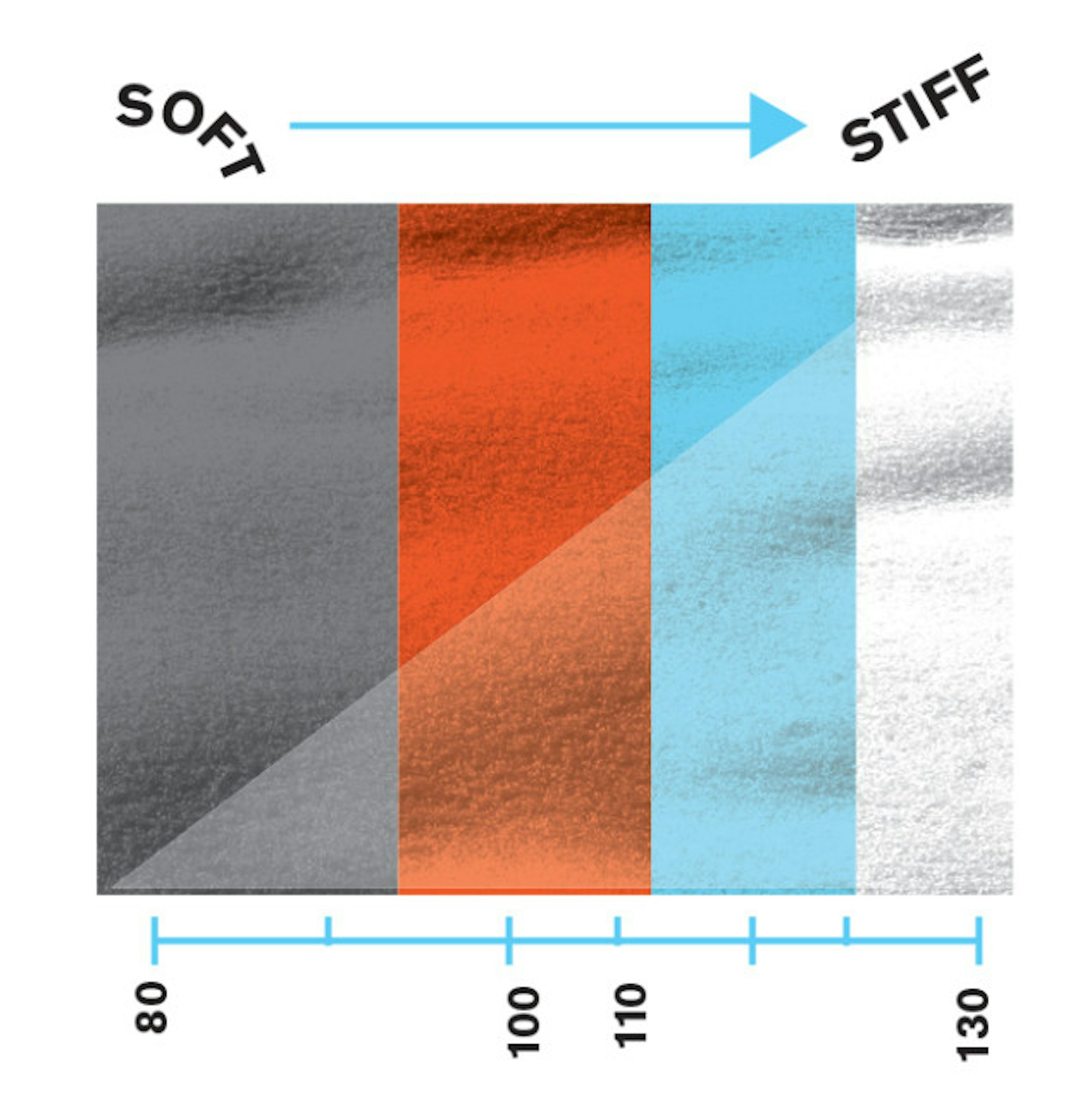
Flex ratings are somewhat arbitrary numbers that can fluctuate between brands. As a general rule, the higher the number, the stiffer the flex. The term “true 130 flex” will often get thrown around to describe the stiffest boots, but in reality, there is no “true” rating. Ratings will generally range from the über soft 80 grade to the aforesaid 130. Seek the guidance of a boot fitter to help you differentiate between the individual brand nuances. While you’ll get a taste of how a boot flexes in the shop, keep in mind that it will stiffen up as the winter temperatures plummet.
Heat-Moldable Shells and Liners:
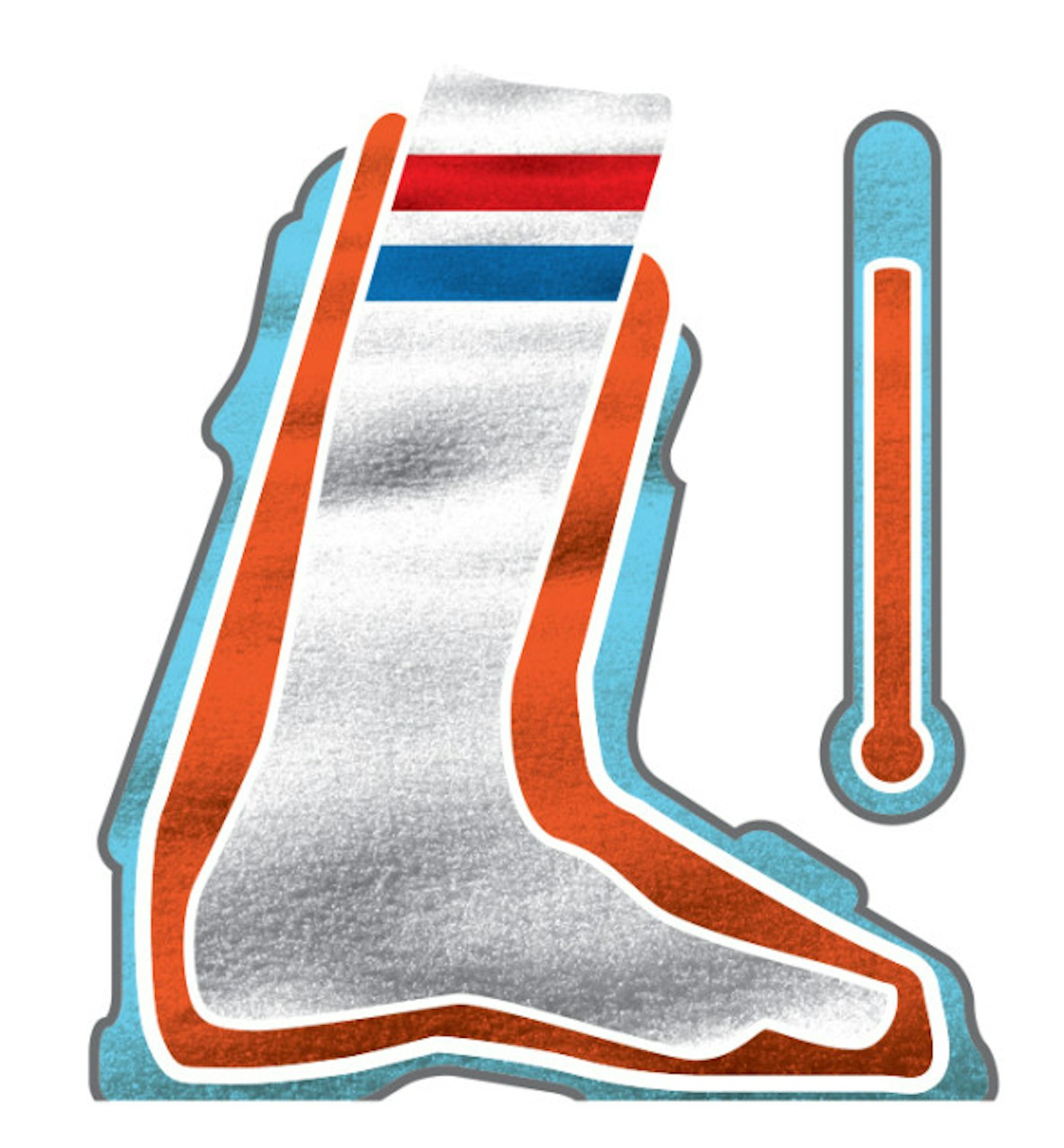
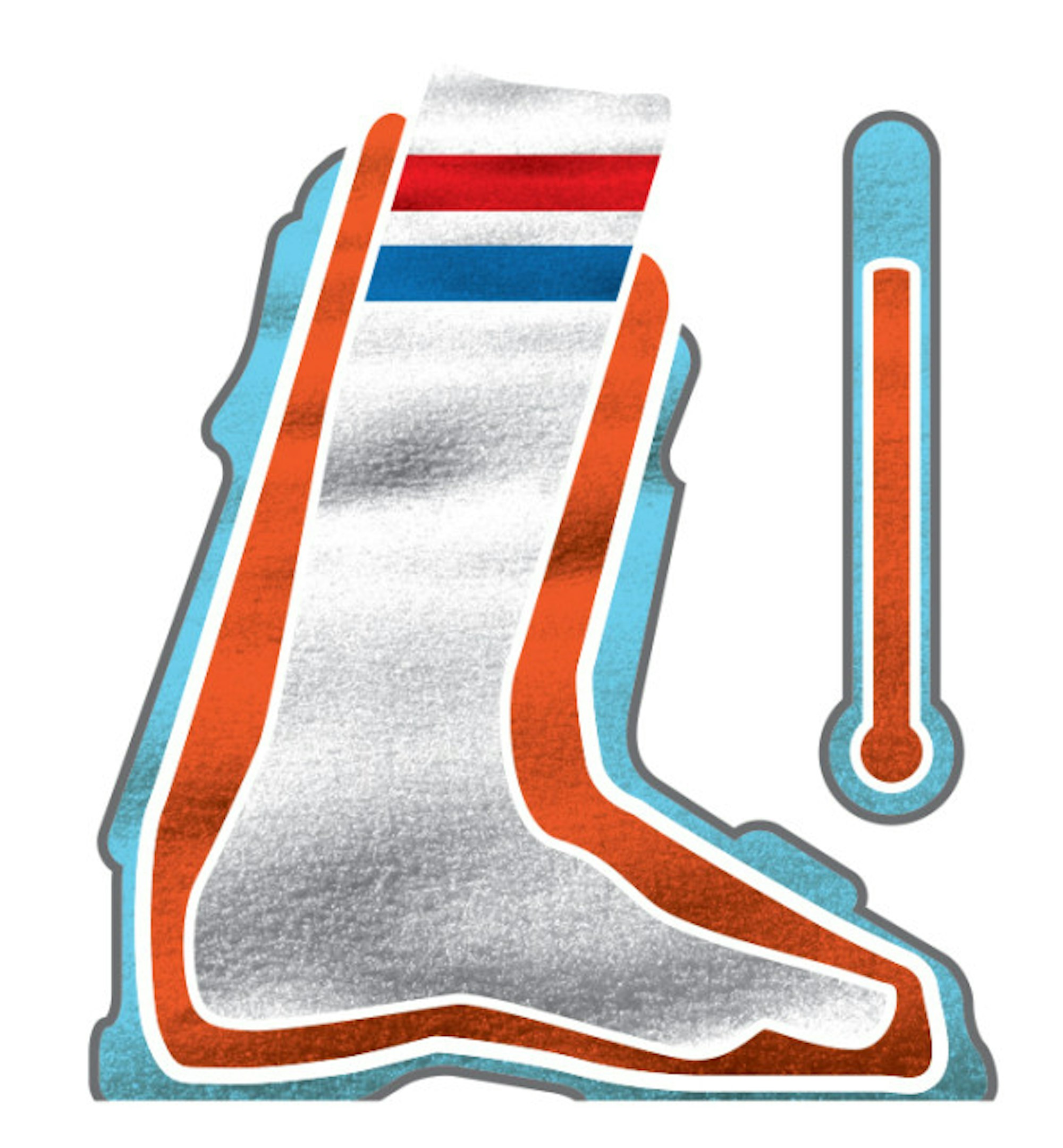
Heat-moldable shells and liners can make all the difference in the fit of your boot. Nowadays, both can be heated up in a specialized oven before being molded to the exact shape of your feet and lower legs. Ski boot fitting is such an exact science that a few millimeters of adjustment can do wonders for your skiing experience. A liner or shell that adapts to your foot puts comfort on a pedestal and gives you more control while skiing. Check out brands like Intuition and Surefoot for ultra-comfortable liners. And while cooking your shells and liners in your kitchen oven sounds fun, you better have a professional take care of it. Your roommates/significant other/mom will thank you.
Power Straps:
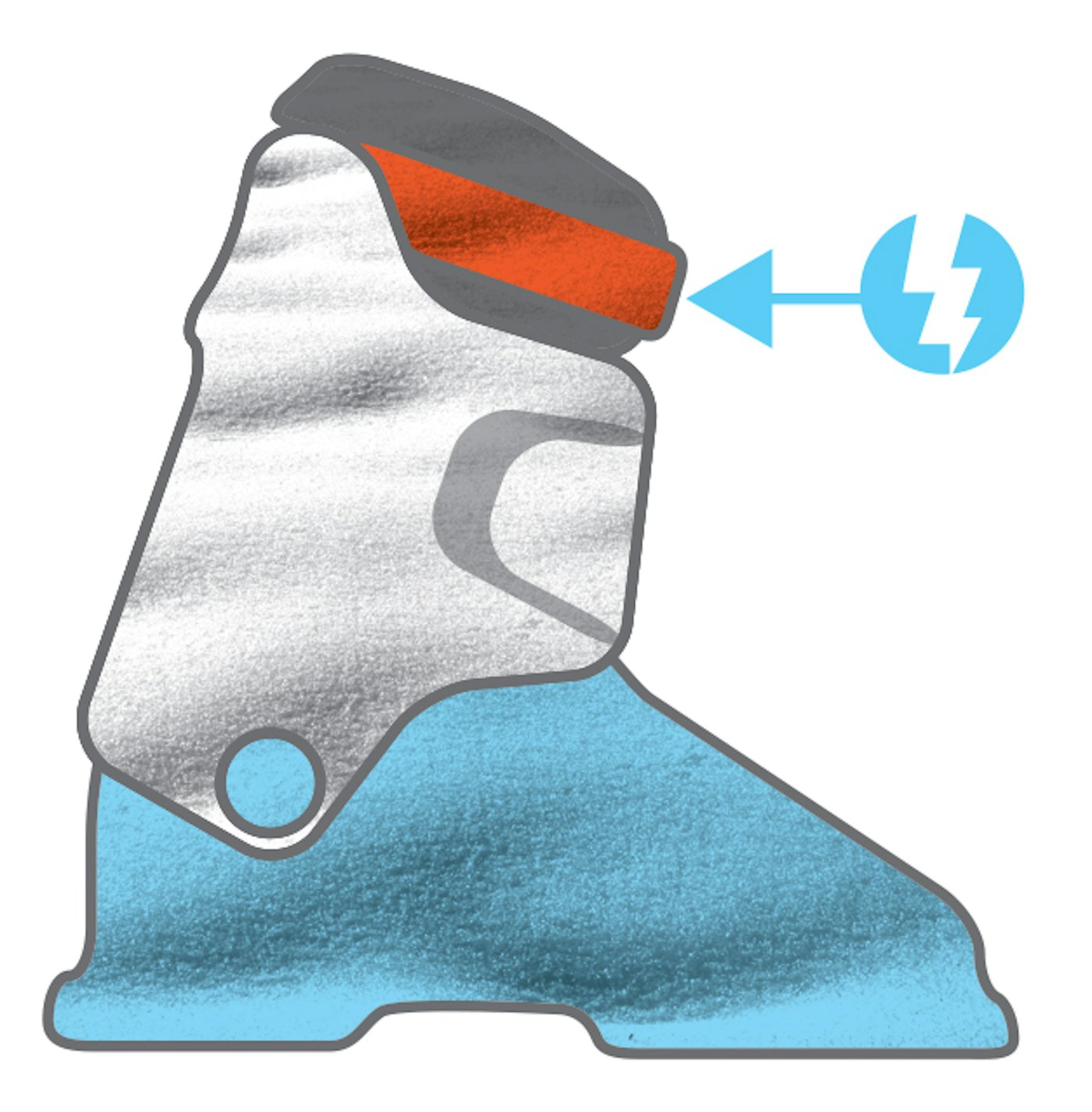
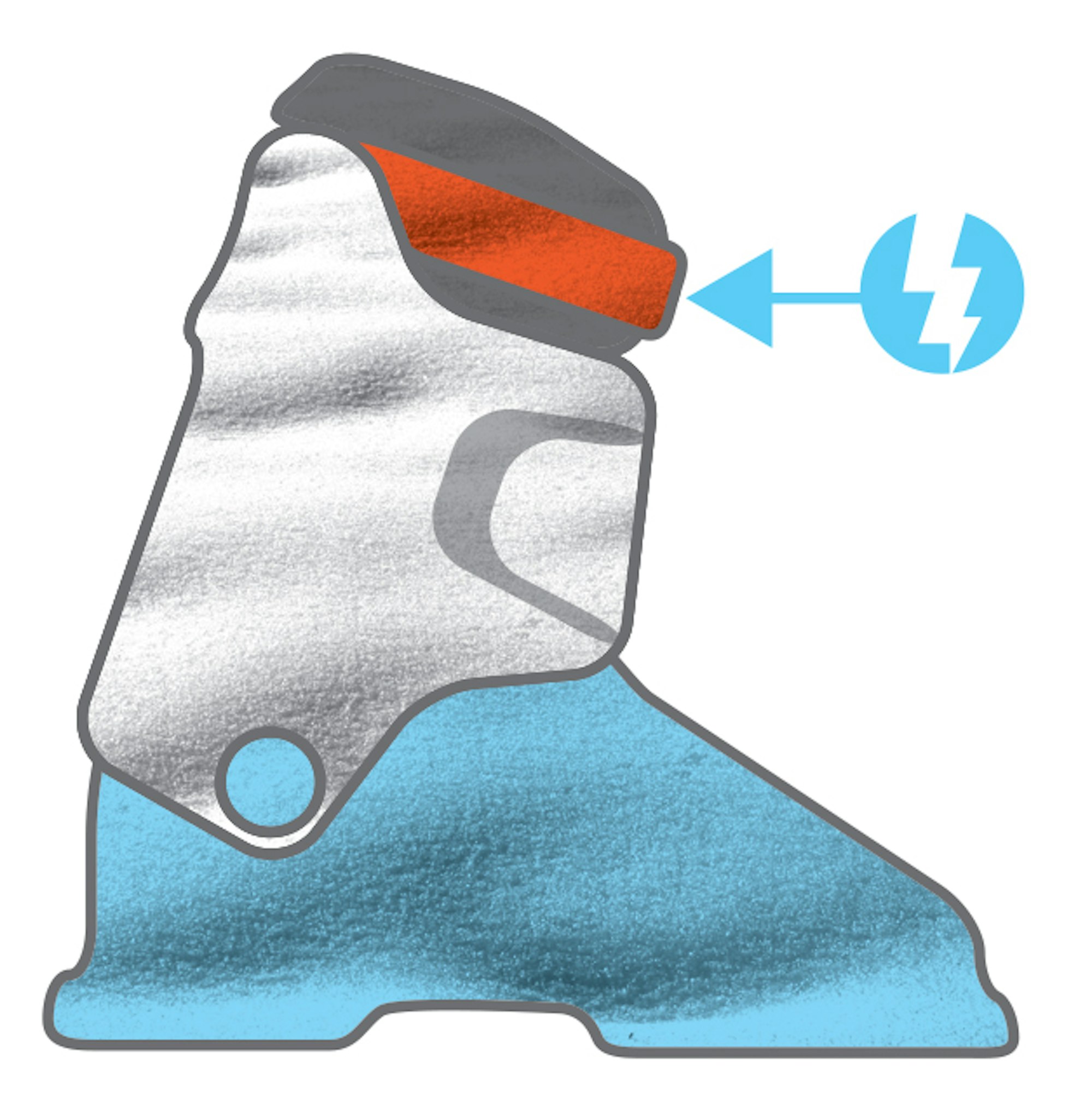
A power strap is the upper band that comes across your shin, cinching the upper cuff closed to provide—you guessed it—more power. Traditionally, power straps have been Velcro closures, but these days they include cam buckles and buckle-strap combinations. Dynamic power straps can be stretched, allowing you to cinch them super tight for an increase in performance. If your stock power strap just ain’t doin’ it, look to Booster Strap for an insanely tight closure.
Canting:
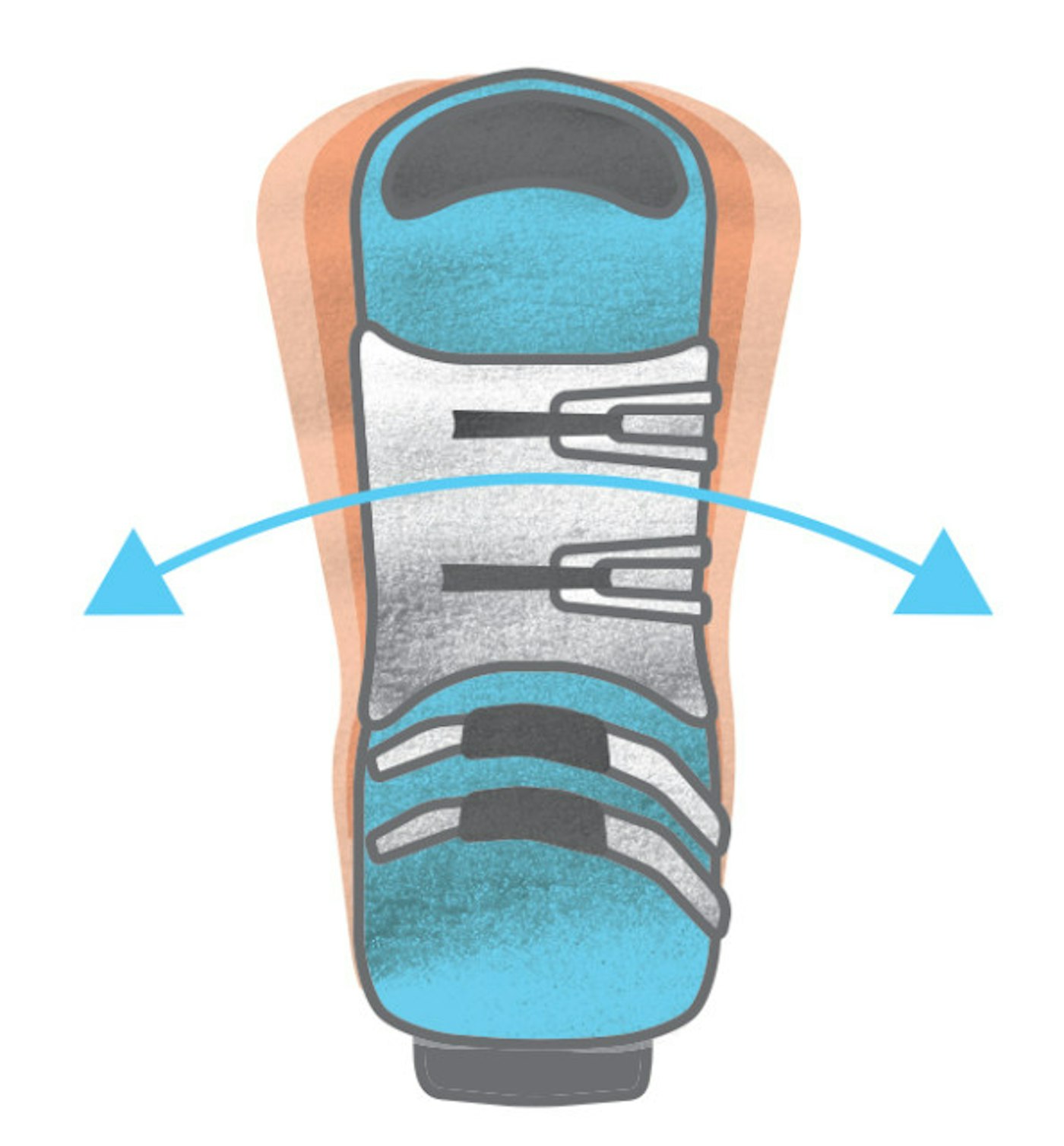
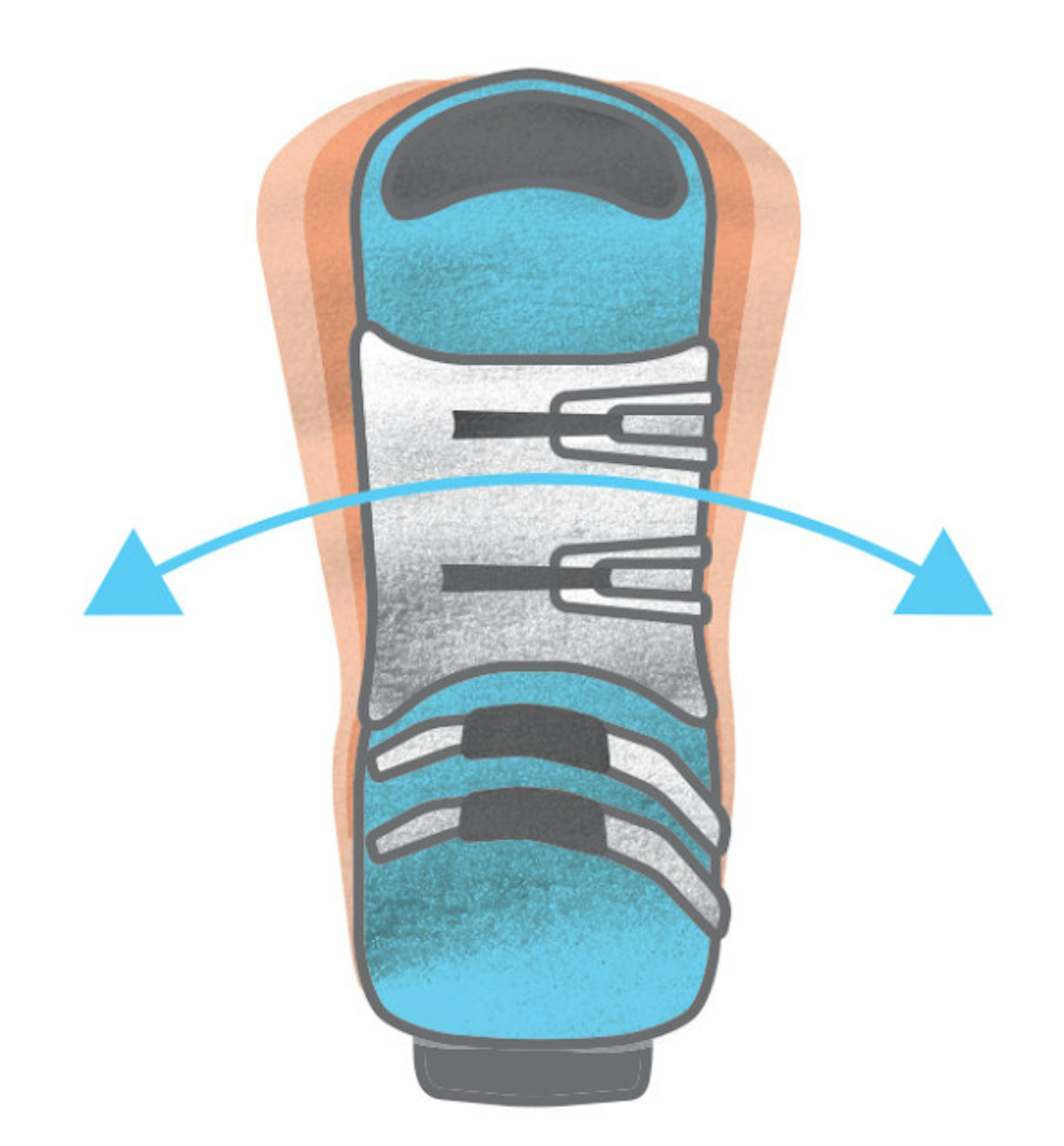
Canting is the adjustment of the lateral alignment of your boots. This keeps your skis flat on the ground as you stand in a regular stance. Canting can be tuned via adjustment points around the ankles or by taking the boots in for a sole grind to offer more precision. This procedure especially benefits those with a bow- legged stance.
Forward Lean:
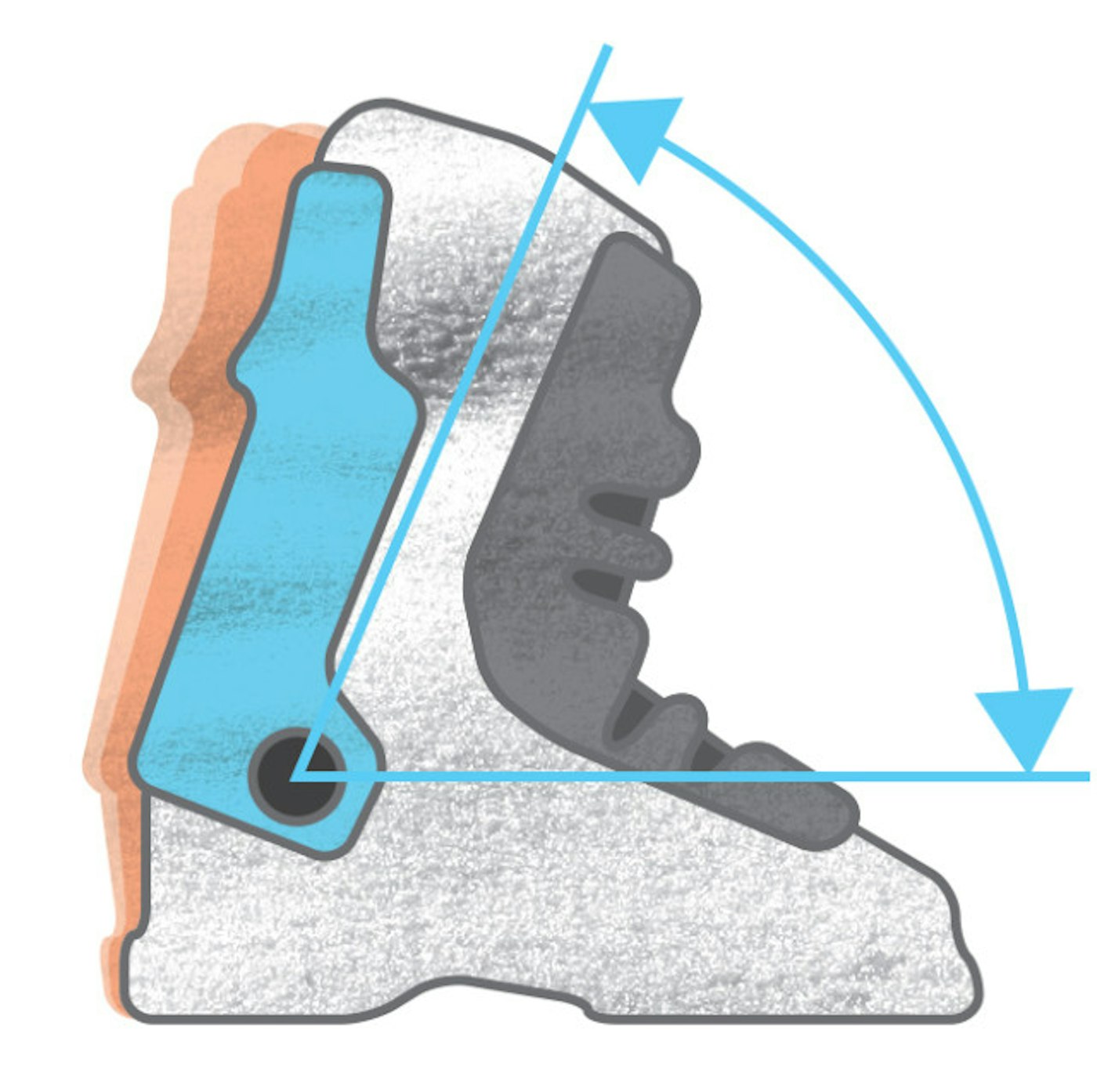
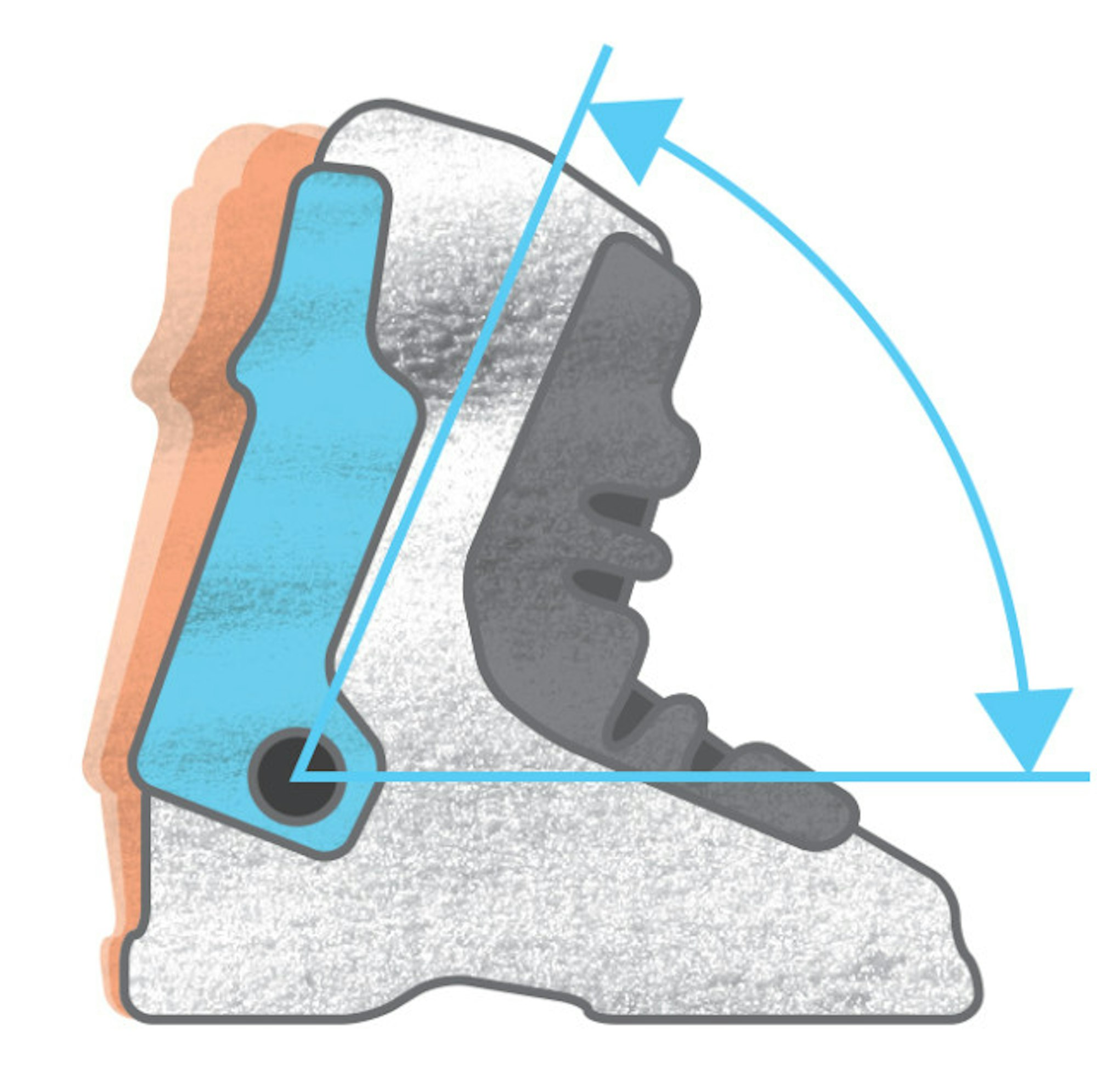
Forward lean refers to the forward angle of the upper shell, which correlates to your preferred skiing stance. The recent explosion of wider, rockered skis has allowed skiers to utilize a more relaxed, upright stance, causing many manufacturers to decrease forward lean. If you’re an ultra-aggressive skier (racing background), a bit more forward lean will be beneficial.
Last:
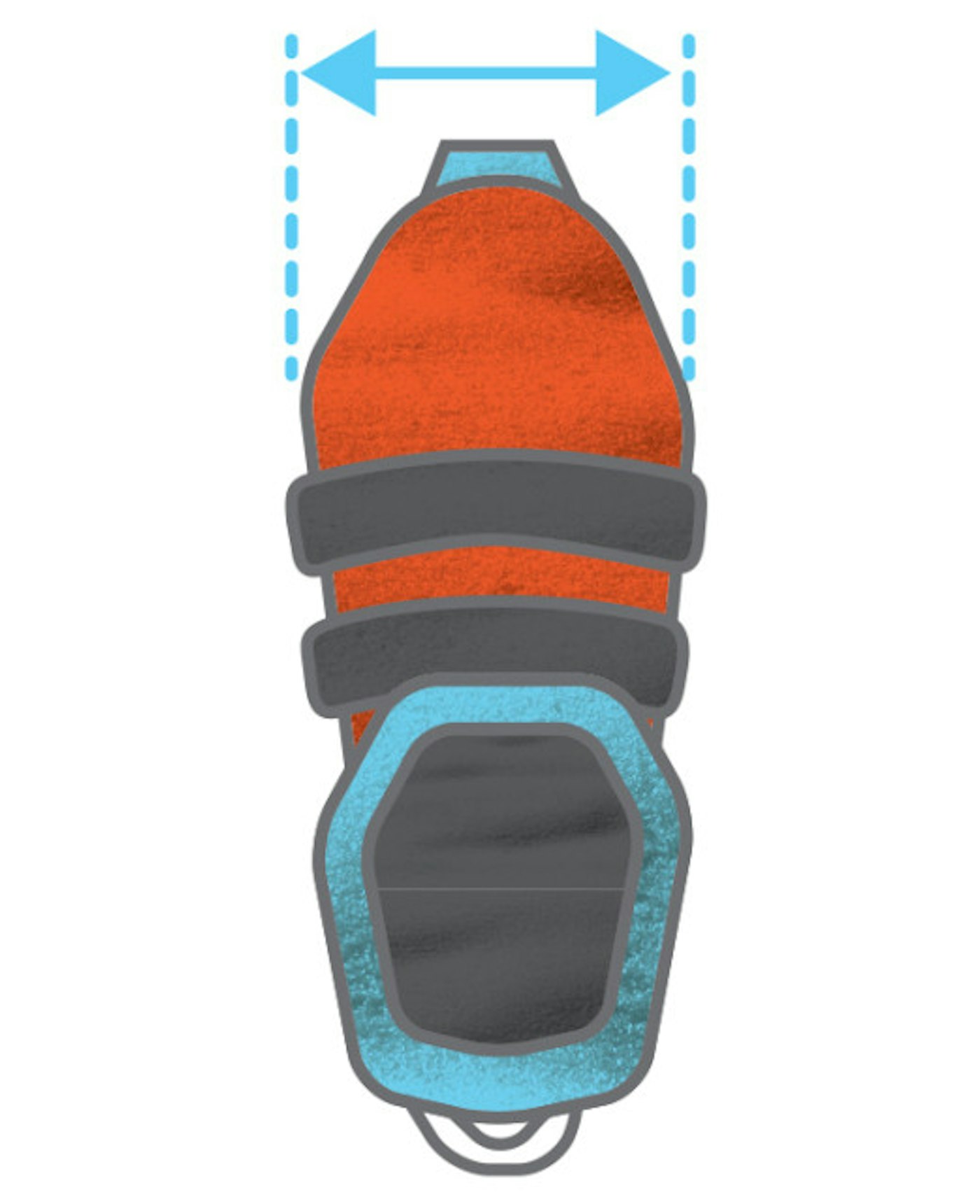
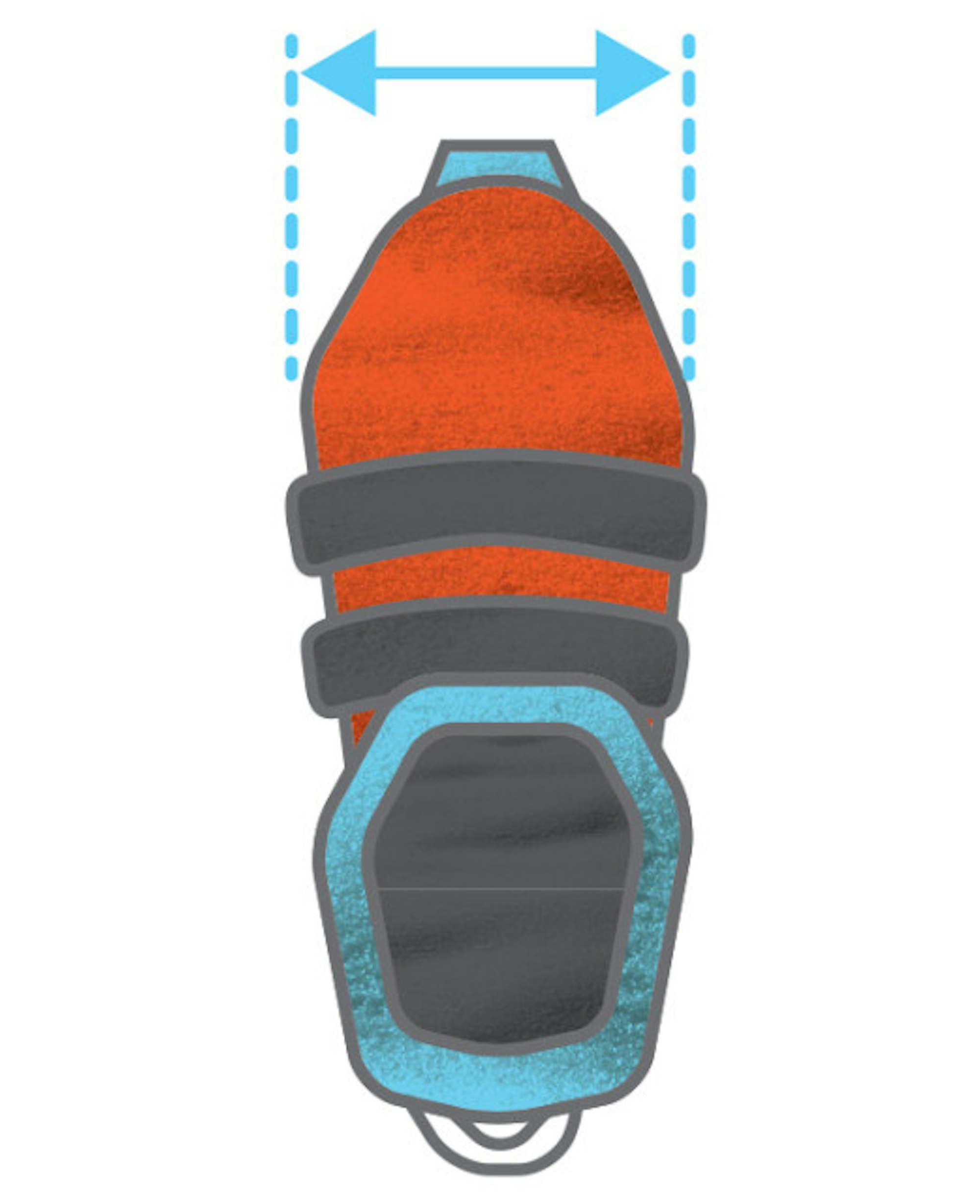
The boot’s width in the forefoot area is its last. A narrow last is usually 97 to 98 mm, an average last sits at 99 to 101 mm and a wide last is going to be 102 mm and above. The last is a guideline measurement and only gives you an idea of the boot’s width at a certain point. The only real way to get a true feel for the boot is to slip that doggy right in there and see for yourself.
Related: These are the best ski boots of 2016

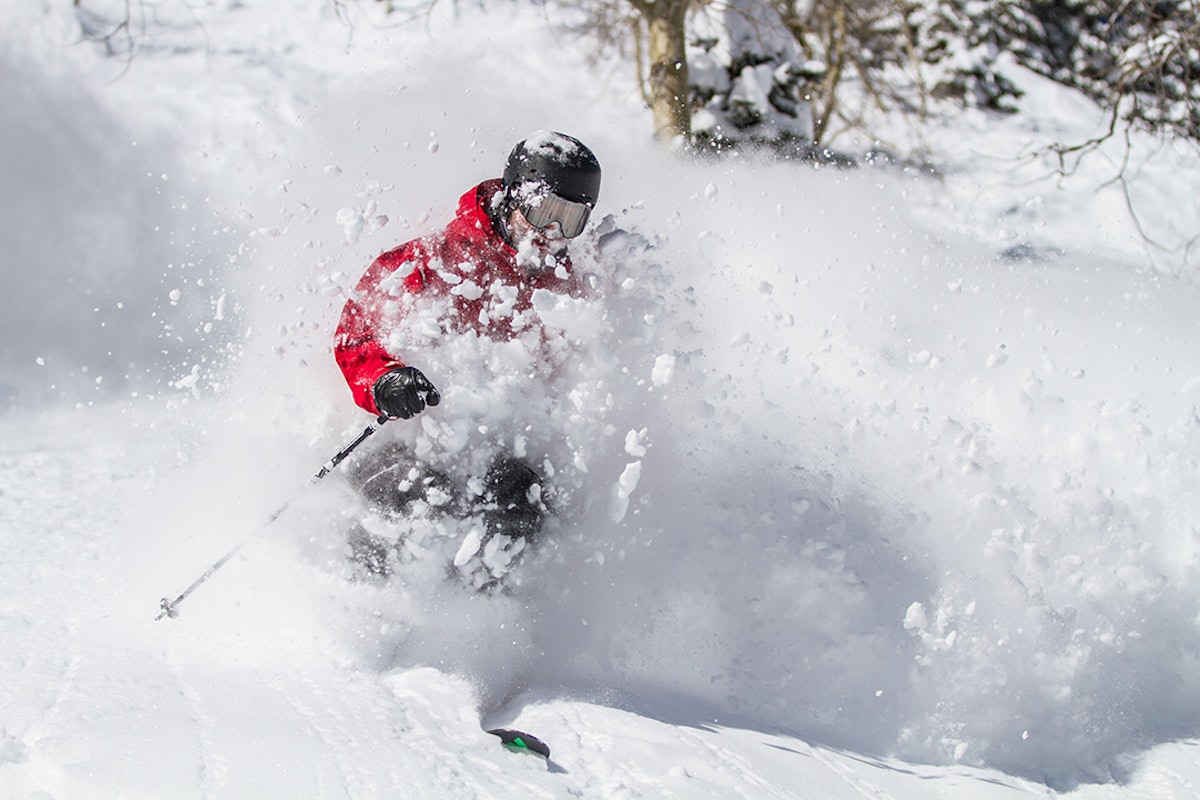
![[GIVEAWAY] Win a Head-to-Toe Ski Setup from IFSA](https://www.datocms-assets.com/163516/1765920344-ifsa.jpg?w=200&h=200&fit=crop)
![[GIVEAWAY] Win a Legendary Ski Trip with Icelantic's Road to the Rocks](https://www.datocms-assets.com/163516/1765233064-r2r26_freeskier_leaderboard1.jpg?w=200&h=200&fit=crop)

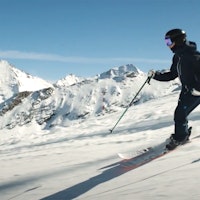
![[GIVEAWAY] Win a Legendary Ski Trip with Icelantic's Road to the Rocks](https://www.datocms-assets.com/163516/1765233064-r2r26_freeskier_leaderboard1.jpg?auto=format&w=400&h=300&fit=crop&crop=faces,entropy)




![[GIVEAWAY] Win a Head-to-Toe Ski Setup from IFSA](https://www.datocms-assets.com/163516/1765920344-ifsa.jpg?auto=format&w=400&h=300&fit=crop&crop=faces,entropy)


